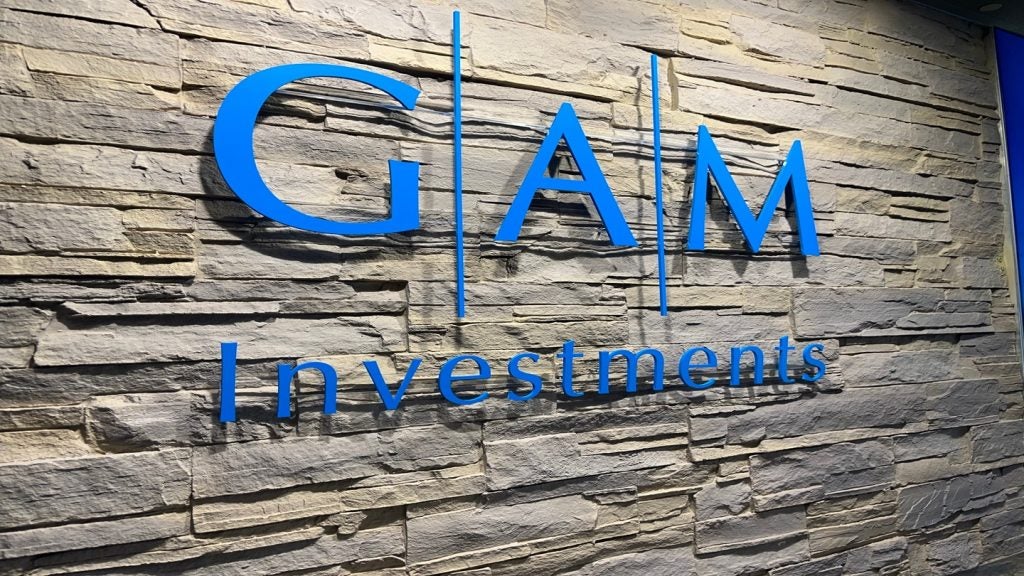In any portfolio there will be assets which do not perform and which fall into default. Some of these may be subject to restructuring or other work-out arrangements. Others may be so impaired – perhaps by underlying fraud or other wrongful acts – that taking legal action against counterparties, guarantors, or third parties is the only route to asset recovery.
These assets, however, are often left in the “too difficult” bucket, because of concerns about throwing good money after bad, and uncertainty as to how to develop and execute the legal strategy. With these issues in mind, how might a private bank identify and pursue viable claims from a portfolio of distressed assets, at little or no cost risk, to the benefit of the bank’s bottom line?
Identifying the Opportunity
The first step is a triaging of the portfolio to identify the best opportunities. The focus at this stage is on identifying claims with: sufficient potential value to justify the cost of pursuit; no obvious legal or evidential issues (such as the claim being time barred); and either substantial security, or defendants with identifiable assets, in enforcement-friendly jurisdictions.
Importantly, the costs of this initial exercise need not be borne by the bank. Law firms, for example, may be prepared to undertake it for free – or at least on a reduced fee or deferred fee basis – in return for first refusal on any viable claims identified. Seed funding may also be available from third party funders.
Building the Roadmap
Once a potential claim is identified, the next step is a more detailed investigation of the legal and evidential merits. This may involve the instruction of forensic accountants, valuation experts, and/or foreign counsel. It will also typically involve some form of asset trace to identify potential enforcement targets (some of which may have been deliberately concealed) and confirm beneficial ownership.
Again, the funding of this work, and any resulting legal proceedings, need not be from the bank’s own resources. Through a combination of third-party funding and insurance, claims can be pursued at reduced or minimal cost risk to the bank. Alternatively, or as part of this structure, the relevant law firm may agree to put at risk some or all of their fees in return for an uplift in the event of success (typically settlement or recovery over an agreed amount, or a court judgment or arbitral award), or a proportion of any damages recovered.
Legal Action: The Chase Begins
With a viable claim mapped, the focus shifts to initiating proceedings. Whether that is litigation, arbitration, insolvency process—or a combination—the aim is to force a settlement, or bring about a swift judgment or award that can be enforced against the assets identified.
A key early decision will be the choice of jurisdiction or jurisdictions in which to bring those proceedings. This will turn on factors such as the location of the defendant’s assets and the available legal and procedural remedies. These may include:
- Pre-action disclosure to assist with identifying defendants, tracing assets or obtaining information needed to bring the claim;
- Freezing orders with asset disclosure requirements (sometimes backed by passport seizure until full disclosure is given), or the appointment of provisional liquidators to prevent assets being hidden or improperly moved;
- Search or imaging orders to secure evidence at risk of destruction;
- Insolvency proceedings to investigate the affairs of an insolvent company or individual, challenge pre-insolvency transactions, and collect and distribute their property to creditors;
- Summary or early judgment on some or all of the claim; and
- Where the defendant breaches a freezing order or other injunction, the appointment of receivers, the debarring of the defendant from defending the claim or their imprisonment for contempt of court.
The coordination of these proceedings – which may involve multiple actions in different jurisdictions – is critical if assets are to be preserved, evidence obtained and made available for use at the relevant time and in the relevant jurisdiction, and the defendant put under maximum pressure from the outset.
At the same time, it is important not to lose sight of the need to regularly reassess the claim to ensure any costs remain proportionate to the potential value and timing of any potential recovery, and that the bank’s interests would not be better served by exploring settlement and/or a sale of the claim to cash in on the investment to date (particularly after any judgment or award).
Navigating Enforcement
A judgment or award may not always be the end of the road. If the defendant does not pay up, the bank will need to bring enforcement action.
The options for enforcement vary by jurisdiction, but may include: further freezing or receivership orders; the cross-examination of the defendant on their assets; charging orders over assets belonging to the defendant followed by orders for their possession and sale; garnishee orders to seize sums owed to the defendant by third parties (e.g. money deposited in bank accounts); bankruptcy or winding up orders where the defendant is unable to pay the judgment or award sum; and unwinding fraudulent transactions designed to frustrate enforcement.
Distressed assets therefore need not just be written off. Through careful due diligence, proper execution of a coordinated legal strategy, and leveraging third party funding and insurance, banks can turn losses into potentially significant recoveries, with options to cash in throughout the process.
Mark Cooper (Partner) and Tom Parry (Principal Associate) of Eversheds Sutherland








